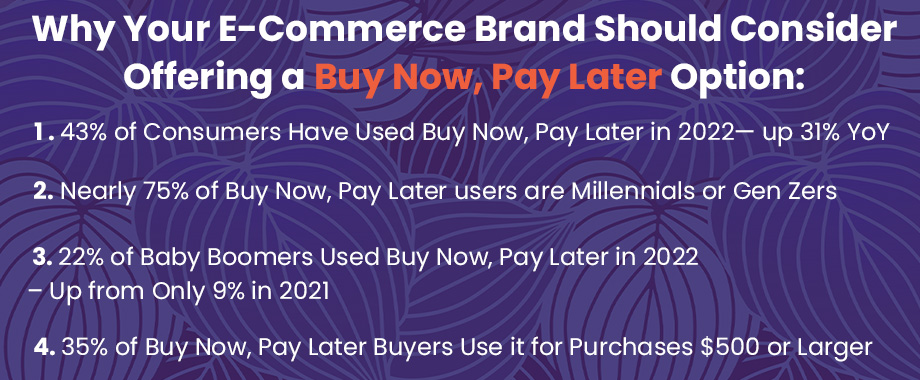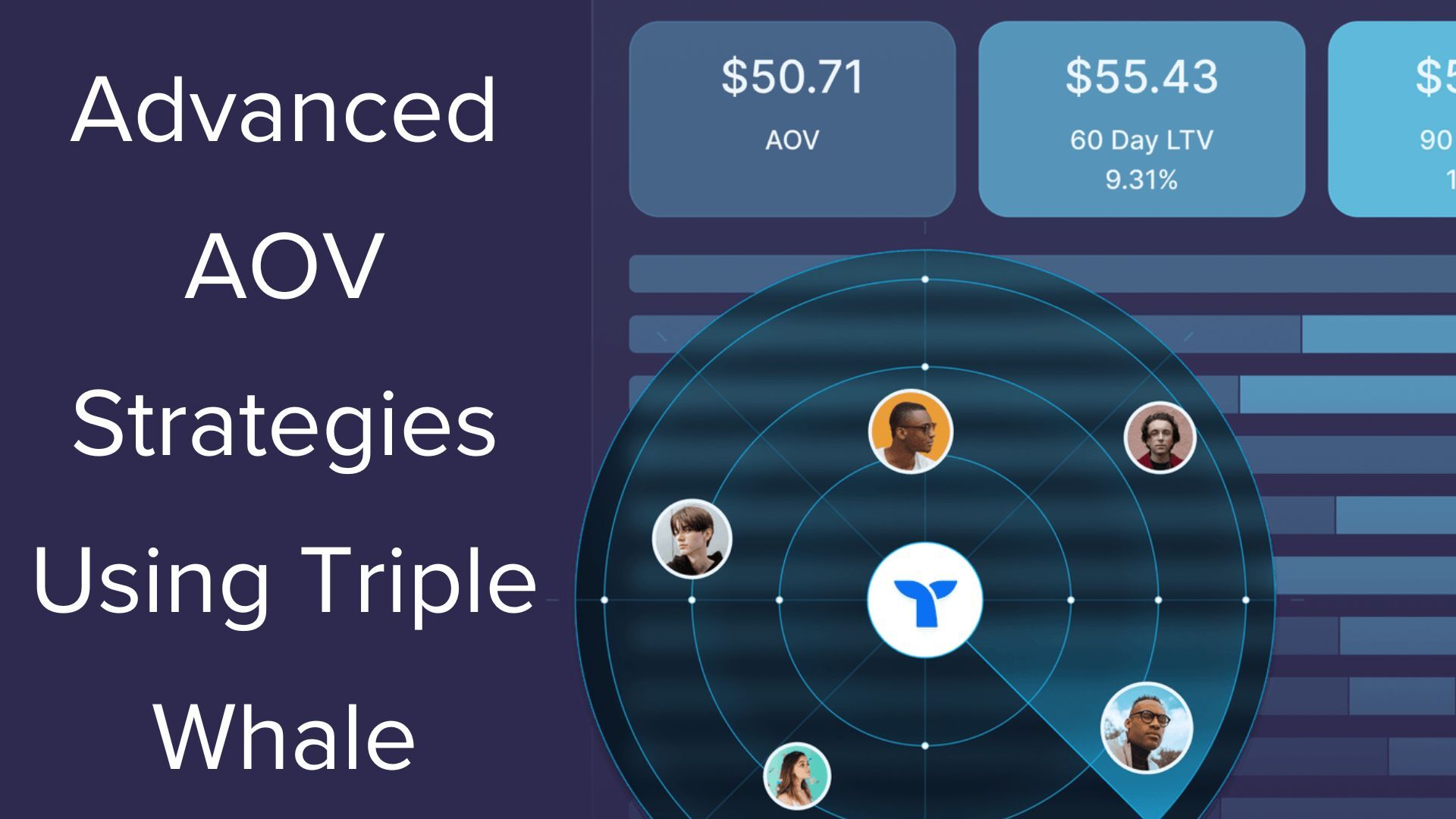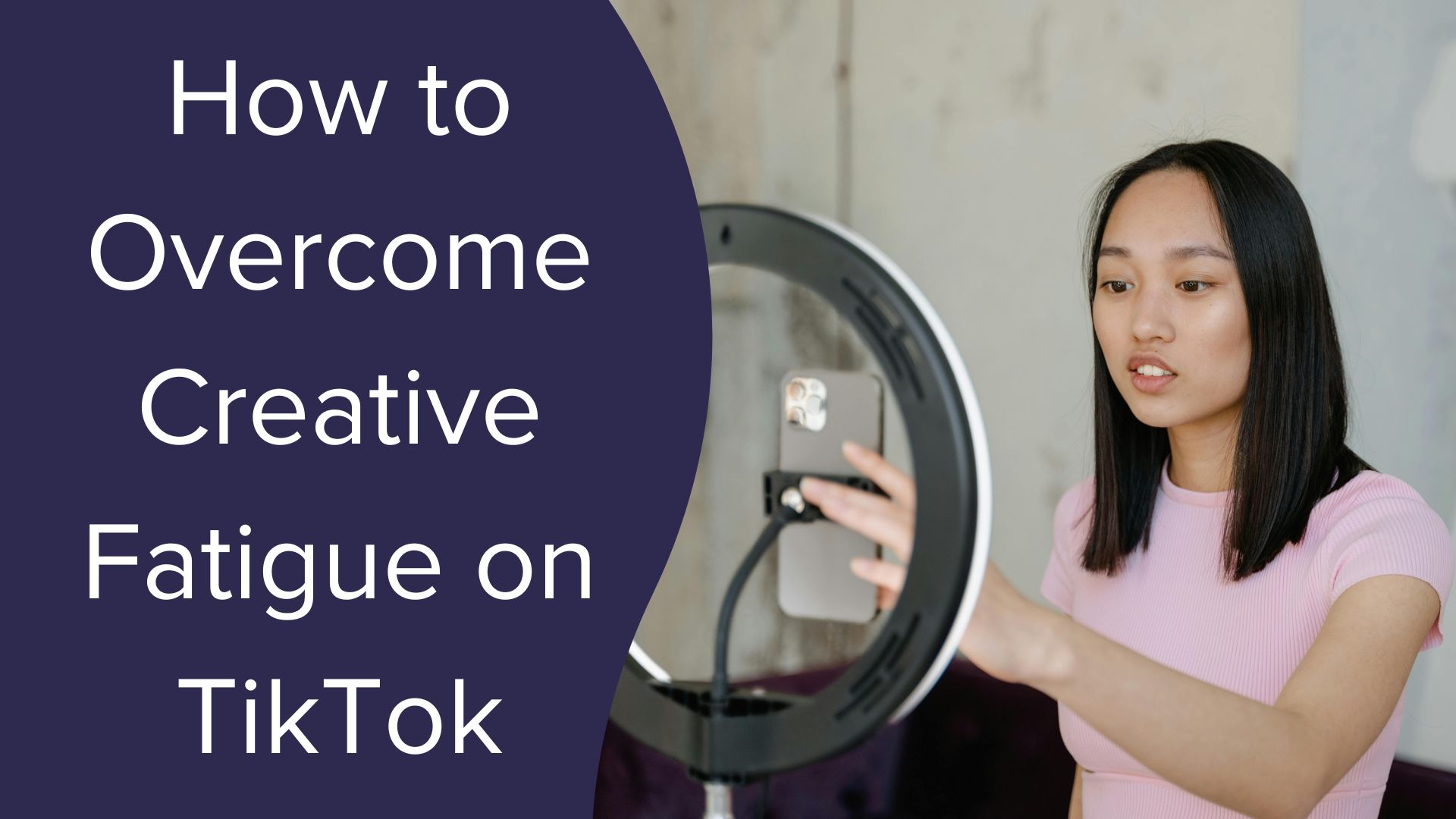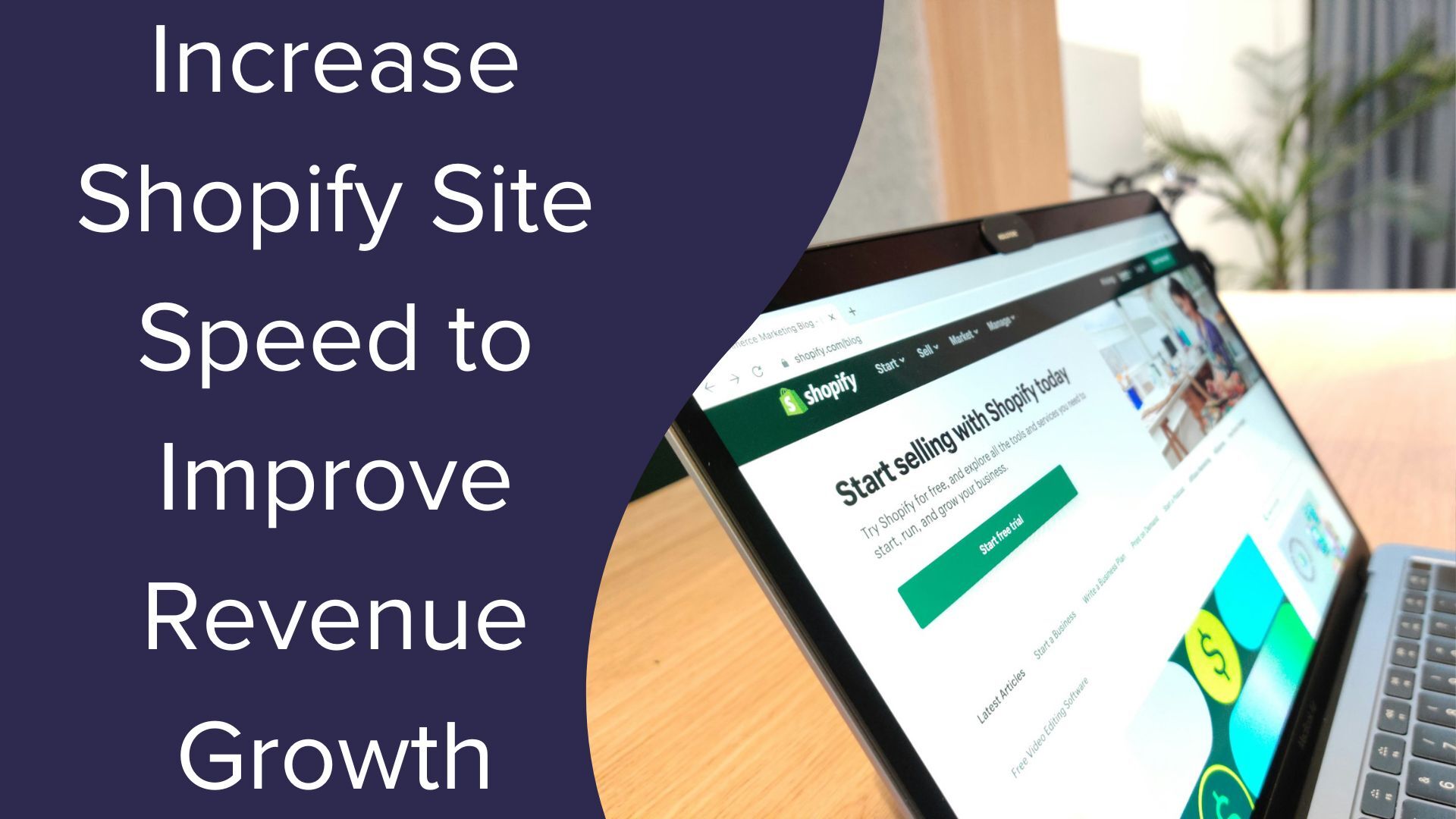Buy Now Pay Later: What is it and How Does it Work?

There are currently 2.8 billion credit cards in use worldwide. Of those, 1.06 billion are in the US alone with 79% of the US population carrying at least one in their wallet. As of 2022, the total credit card debt in the US totals an overwhelming $887 billion dollars! With the exorbitant interest rates and additional fees on top of that mountain of debt, it’s not surprising that consumers are now shifting towards alternative payment methods to avoid using credit cards altogether and elude getting pinned with those extra charges. While credit cards aren’t quite a thing of the past yet, they are slowly being replaced by a new payment option: Buy Now Pay Later (BNPL).
As traditional credit card purchases charge consumers interest for every month a balance is carried, 80% of US consumers have said they have used BNPL primarily to avoid credit card debt. With 55% of credit card holders having maxed out at least one of their credit cards, BNPL’s popularity among consumers is shifting the way people make purchases. It’s even helping to equalize the credit market.
What is Buy Now Pay Later?
Buy Now Pay Later systems are managed by third-party credit specialists and offer consumers a loan at the point of sale. It’s also referred to as ‘point-of-sale installment loans’ – so they can purchase merchandise on credit, without using a credit card. In essence, BNPL is a type of short-term financing that allows your e-commerce shoppers to make purchases and pay for them at a later date by splitting payments into equal installments over a set period of time. The popularity of using BNPL as a payment option is on the rise. Why? As long as consumers make payments on time and in full, these loans are typically interest-free.
The Buy Now, Pay Later payment option has seen record growth since 2020. This is due to cash-strapped consumers sought out payment deferment methods to make purchases during the pandemic. Between July 2020 and March 2021, the percentage of US consumers using a BNPL service grew from 38% to 56%. While the economy has now reopened and consumers’ personal finances have generally recovered, BNPL has continued to be a popular choice among shoppers and is expected to continue growing. Due to the rising popularity of online payments, greater demand for deferred payment methods and increased spending on luxury items, one study showed that, globally, the buy now, pay later market is forecasted to grow by $41.83 billion between 2022 to 2026.
Buy Now Pay Later By the Numbers
- 43% of consumers have used Buy Now, Pay Later in 2022— up 31% YoY
- US Buy Now, Pay Later lending totaled $39 billion in 2022 – up from only $3 billion in 2021.
- Nearly 75% of Buy Now, Pay Later users are Millennials or Gen Zers
- US Gen Z Buy Now, Pay Later spending has increased by 201% since last year
- 44% of Gen Z shoppers will have used Buy Now, Pay Later at least once a year by the end of 2022
- 35% of Buy Now, Pay Later buyers use it for purchases $500 or larger
- 32% of Buy Now, Pay Later buyers have used BNPL to finance purchases of $100 or less
- 22% of Baby Boomers used Buy Now, Pay Later in 2022 – up from only 9% the year before.
- 39% of consumers who have never used Buy Now, Pay Later say they’re at least somewhat likely to use it within the next six months
- Buy Now, Pay Later e-commerce transactions will total close to $700 billion by 2026
Why Customers Buy Now Pay Later
It’s been found that 45% of users use Buy Now, Pay Later services because they want to buy something that’s outside of their budget. One study found that the average amount that BNPL consumers spent on their last purchase was $689. Proving that consumers typically use the payment option to finance big-ticket items like electronics, appliances and furniture, as well as digital entertainment and fashion purchases. Interestingly, a report from eMarketer predicts that BNPL purchase trends will soon move to other big-ticket services like travel and even healthcare. The majority of BNPL consumers are buying large-ticket items. But, younger shoppers are more likely to use it on smaller purchases, like fast-food takeout orders. Generally, the Gen X and Baby Boomer users are more likely to use BNPL for larger purchases. And, younger generations are more likely to use BNPL to finance small purchases under $100.
While Buy Now, Pay Later services are highly sought-after by younger consumers and those looking to make larger purchases, they aren’t just beneficial for consumers. More e-commerce businesses are now turning to BNPL to attract new customers, build loyalty with their existing ones and increase overall sales.
How Does Buy Now Pay Later Work?
Better Shopping Experiences
Consumers shop your e-commerce store as they normally would and proceed to their cart to complete the purchase. The payment process begins just like it would for any online purchase. Consumers choose the items they want to buy and proceed to the checkout area of your e-commerce brand’s website.
Better Payment Options
The Buy Now, Pay Later payment method will show up in the list of available payment options. The BNPL vendor that your e-commerce brand chooses to use (more on vendors in a little bit…) will display the payment option to consumers alongside your other available methods like credit card, debit card, etc.
Soft Credit Checks
The Buy Now, Pay Later lender runs a soft credit check on the consumer. When consumers select the BNPL option, they are required to enter personal details. This includes their full physical address and Social Security Number, so the lender can run a soft credit check. This type of credit check is not reported to credit bureaus so it doesn’t affect buyers’ credit scores in the way that full credit checks do. Soft credit checks use consumers’ prior credit history to provide lenders greater assurance that the consumer will actually pay back their point-of-sale loans.
*It’s important to mention that while most BNPL lenders will only conduct soft credit checks, there are some that may run a hard pull of consumers’ credit, which could temporarily impact credit scores.
Operating Costs
Your e-commerce business incurs a fee from the Buy Now, Pay Later vendor. When a purchase is completed using the BNPL service, the vendor charges your e-commerce brand a transaction fee. The fee depends on the type of BNPL service you use but it usually ranges from 2% and 8%. Similar to how it works with credit card transactions, the fee is automatically deducted from the total amount that the BNPL vendor remits to your e-commerce business. Don’t worry, though – while your e-commerce business doesn’t get to charge interest to customers who use the BNPL payment option, you will make up for it in increased sales volume.

Buy Now Pay Later Considerations
Sustainable clothing company, Wearwell, began offering the Buy Now, Pay Later payment option to consumers in 2021. Today, according to the company’s co-founder and CEO, Erin Houston, customers who use the BNPL service to purchase goods from the company spend about 76% more than those who don’t, citing “it just reduces the friction when it comes to someone adding one more thing to their cart, or choosing to splurge on that purchase that they really want.”
The consumer pays back the Buy Now, Pay Later loan over time, based on the option they choose. When consumers opt for the BNPL payment method, they will then have the choice between 3 options:
- Pay later in installments – The cost of purchases is broken down into 3 or 4 equal installments.
- Pay later in full – Consumers pay the full price of the purchase after 30 days.
- Financing – If consumers need a little longer to pay back their point-of-sale loans, BNPL lenders will offer different payment plans with different interest rates. This option breaks down the cost of the purchase into as many as 36 monthly payments.
Similar to using a credit card, the quicker consumers pay off the balance of their point-of-sale loans, the less total interest they’ll pay. Most BNPL services offer interest-free payment plans to consumers who pay their full balance in a short period of time, which is usually within 30 days.
As with anything, when it comes to adding the Buy Now, Pay Later service to your e-commerce brand’s strategy, it’s important to consider both the advantages and drawbacks for your business.
Pros of Buy Now Pay Later
- Wider target audience reach. By allowing shoppers, including those who don’t want to take on credit card debt, to split payments over a prolonged period of time, your e-commerce brand can reach a wider target audience of consumers who want to buy your products.
- Enhanced customer experience. Consumers are happier when they are given more control over their purchasing decisions and providing them with flexible payment methods and financing options allows for more flexibility when it comes to purchasing your products. A positive customer experience helps create brand awareness, build loyalty with your customers and boosts sales.
- Increased conversion rate. Offering the Buy Now, Pay Later payment option to your customers can increase your e-commerce business’ conversion rate by 20-30%.
- Higher average value on orders placed. After implementing Buy Now, Pay Later services, many e-commerce businesses see an increase in average order value (AOV) by as much as 130%.
Cons of Buy Now Pay later
- Increased fees for your e-commerce business. Buy Now, Pay Later services may incur higher fees for your e-commerce business compared to traditional payment methods.
- Certification challenges. E-commerce businesses have to meet certain criteria to qualify for the Buy Now, Pay Later payment method. Requirements to use the services vary by provider, so you’ll need to do your homework.
- Buy Now, Pay Later financing encourages consumer debt. BNPL often drives consumers to spend more than they can afford, with nearly 70% of BNPL users admitting to spending more than they would if they were to pay for their purchases upfront. This puts consumers at risk for damaging their credit scores if they’re unable to make the payments on time.
- Wide variety of vendor terms to consider. Buy Now Pay Later services differ across vendors. It’s important to do your research and fully understand the terms and conditions before signing on. It’s also important to compare vendors’ rates to choose the best package for your e-commerce business.
While there are a bunch of options to choose from when it comes to Buy Now, Pay Later vendors, there are a few that have been in the game for a while and have established reputations. Here are some of the most popular ones and a little about them:
Affirm
- Loan term: 6 weeks, 6 months, or 1 year
- Loan amount: Between $50 and $17,500
- Interest: Payment plans may carry interest between 0% and 30%.
- Fees: None
Information on fees for your e-commerce business can be found here.
Afterpay
- Loan term: 6 weeks
- Loan amount: Shoppers will need to visit the Afterpay app to see how much they can spend at your store, based on their pre-approved spending cap.
- Interest: None
- Fees: There are no fees when consumers pay on time. Consumers who do not make their payment on time will be charged a late fee of $10 and then $7 for each additional 7 days that the payment is not made. Unless a payment is made, these fees will continue to add up until they reach 25% of the purchase price.
Information on fees for your e-commerce business can be found here.
Sezzle
- Loan term: 6 weeks
- Loan amount: For US customers, Sezzle requires a minimum order value of $35 per transaction. Maximum limits are at the discretion of Sezzle and depend on the user.
- Interest: None
- Fees: There are no fees when consumers pay on time. Late payments that are more than 2 days beyond the due date with be deactivated and users will be required to pay a $10 reactivation fee.
Information on fees for your e-commerce business can be found here.
PayPal
(Pay In 4)
- Loan term: 6 weeks
- Loan amount: Between $30 and $1,500
- Interest: None
- Fees: None
(Pay Monthly)
- Loan term: 6, 12, or 24 months
- Loan amount: Between $199 and $10,000
- Interest: Monthly payment plans carry interest between 9.99% and 29.99%
- Fees: None
Information about fees for your e-commerce business can be found here.
Klarna
(Pay in 30 Days)
- Loan term: 30 days
- Loan amount: Up to $1,000
- Interest: None
- Fees: There are no fees for late payments, but if a payment gets returned (for insufficient funds, for example), Klarna will charge a Returned Payment Fee of up to $27.
(Pay In 4)
- Loan term: 6 weeks
- Loan amount: Between $30 and $1,500
- Interest: None
- Fees: There are no fees when consumers pay on time. Consumers who do not make their payment within 10 days after the payment is due will be charged a late fee of $7.
(Monthly Financing)
- Loan term: Up to 36 months
- Loan amount: Up to $10,000
- Interest: Monthly payment plans may carry interest, between 0% and 19.99%.
- Fees: Consumers could be charged up to $35.00 per missed month.
Information about fees for your e-commerce business can be found here.
Buy Now Pay Later has become very popular in recent years for both older and younger generations and for good reason. Not only does it empower consumers in many ways, BNPL also offers a slew of benefits for your e-commerce brand. If you’d like our help, we can help you integrate a BNPL solution into your digital marketing strategy to ensure that your online store capitalizes on the advantages while offering your consumers the best option possible.
About the author: Alyssa has spent the majority of her career specializing in the Accounting sector of Affiliate Marketing. With a persistent urge to learn new things, Alyssa returned to McGill University in Montreal, Canada in her 30s to study Public Relations and Communications Management where she discovered a passion for writing – and she hasn’t looked back!
Her interests include adventuring in the great outdoors, cooking up a storm, and not sitting still. She aspires to take a million pictures of her Siberian Husky/Saint Bernard mix, Jax, and is probably getting pretty close.




